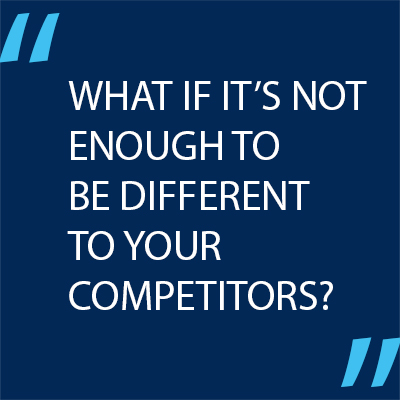I may have mentioned once or twice that I love books and I love a good story.
Even better, I love a book that has a story behind the story.
Which is why I have a treasured copy in my library of ‘Cold Comfort Farm’, a comic novel about rural life from 1932.
The copy I own, printed during the 2nd World War, includes a request to readers to leave the book at the local post office when they’d finished with it, so that soldiers on leave could pick it up.
As soon as I saw that little historical tidbit, I knew I had to own a copy.
It was only later I noticed that the same book was full of adverts for products the soldiers might like – such as soap powder and cigarettes.
Those vintage ads for cigarettes promised “honest to goodness tobacco”, and advised the smoking was beneficial for “relaxation” and “increased alertness.”
Needless to say, it all looks a little quaint today. With everything we know about the dangers of smoking, those promises would induce smirks – not sales.
But their quaintness is about more than that. We’ve been exposed to literally decades of advertising about cigarettes. Even if we had no health concerns about smoking whatsoever, no one would be tempted by a line promising that smoking will make us more alert.
It’s too crude. It would take a much more refined marketing message to persuade us to buy a packet.
Eugene Schwartz introduced this idea, called ‘marketplace sophistication’, in his groundbreaking book ‘Breakthrough Advertising’, which I mentioned to you in my last blog.
His central insight was that the more marketing the consumer has been exposed to around a particular product, the more sophisticated your marketing message has to be to capture their attention.
He argues that every product and service goes through three stages:
>> You’re the first in your market, and no one knows anything about your product or service. As a marketer, your job is simply to introduce the new concept.
>> There are now competitors who have started talking about their offering, too. The audience becomes savvier about the product and wants to know more detail.
>> Finally, there’s market saturation. The audience has heard every marketing message out there. You’re facing a jaded audience whose attention is very difficult to capture….
At each point, Schwartz argues that a different type of marketing message is appropriate.
It’s worth taking a moment to think about how your own marketing fits into this scheme.
 You see, we all think hard about how to differentiate ourselves from our competitors, and how to be ‘original’ on our website, in our advertising, and in the way we position ourselves in general.
You see, we all think hard about how to differentiate ourselves from our competitors, and how to be ‘original’ on our website, in our advertising, and in the way we position ourselves in general.
But what if it’s not enough to be “different” to our competitors? What if we have to build on what they’ve already done?
You need to consider how much knowledge about your product or service your audience already takes as given…. Which messages they have become immune to over time… And what your competitors have already told them, that they no longer find exciting or impressive.
In short, you need to be offering the right message – at the right time.
What stage is your market at?







